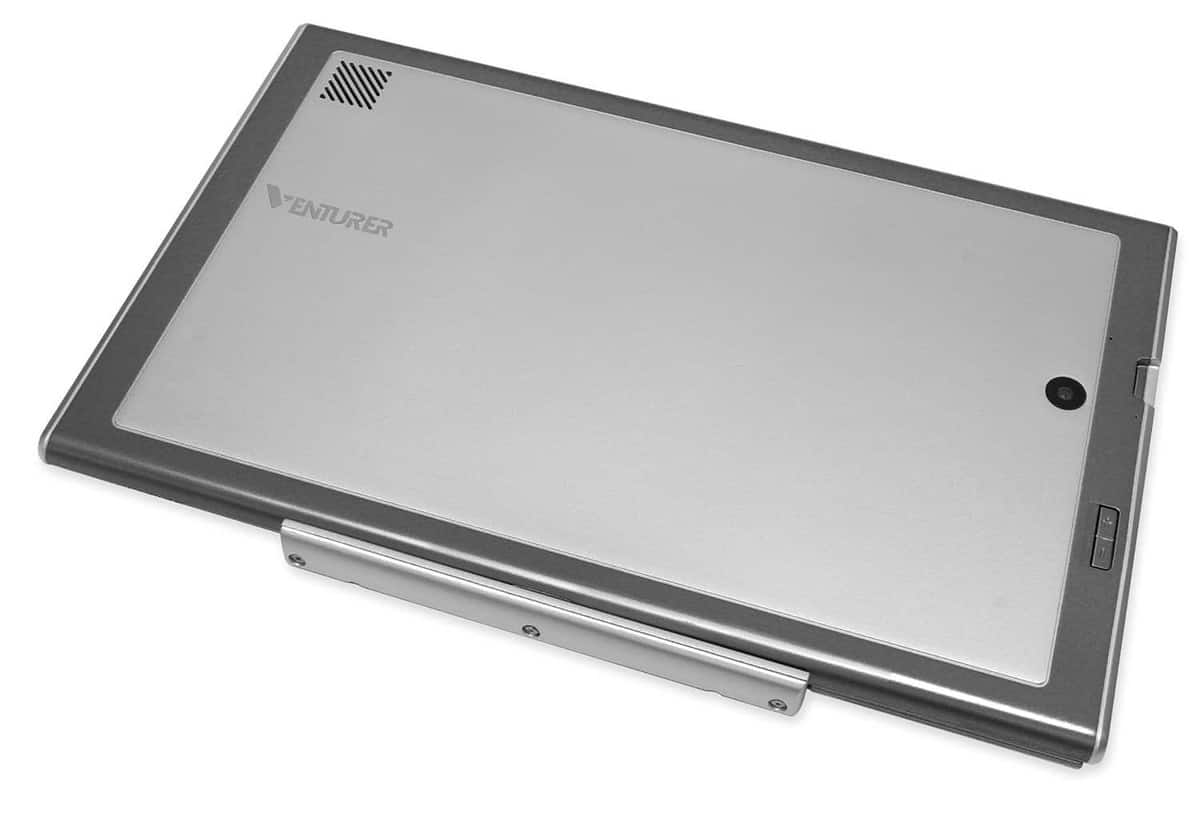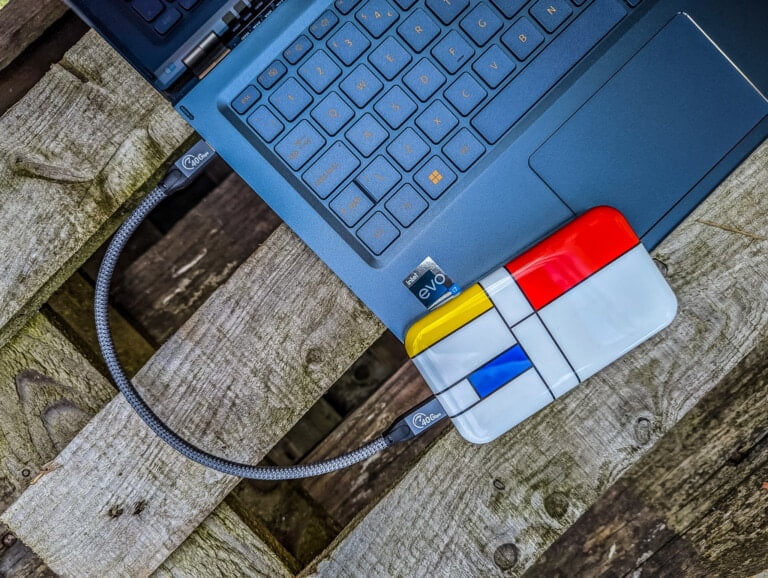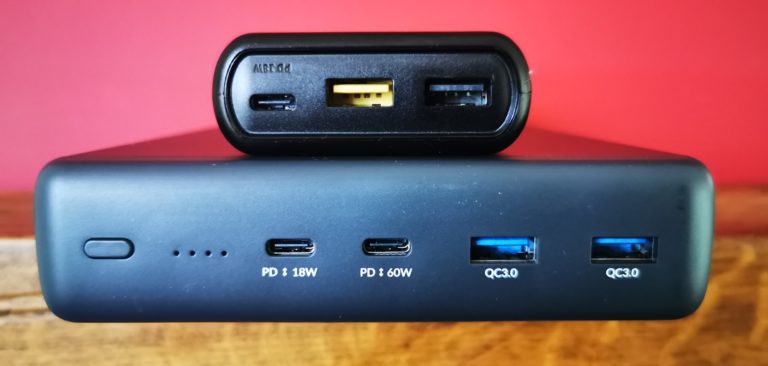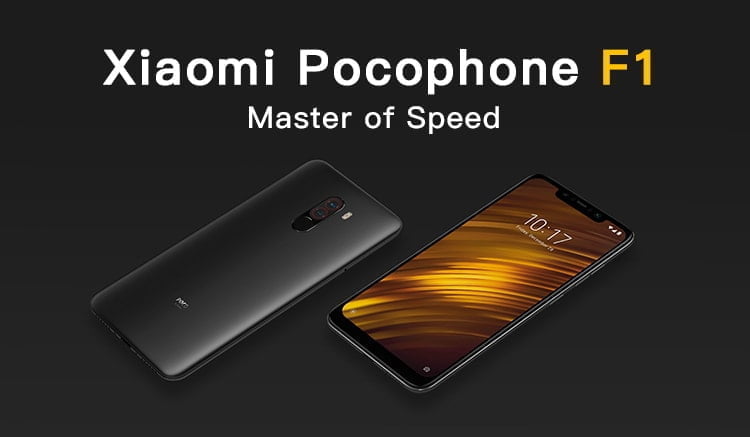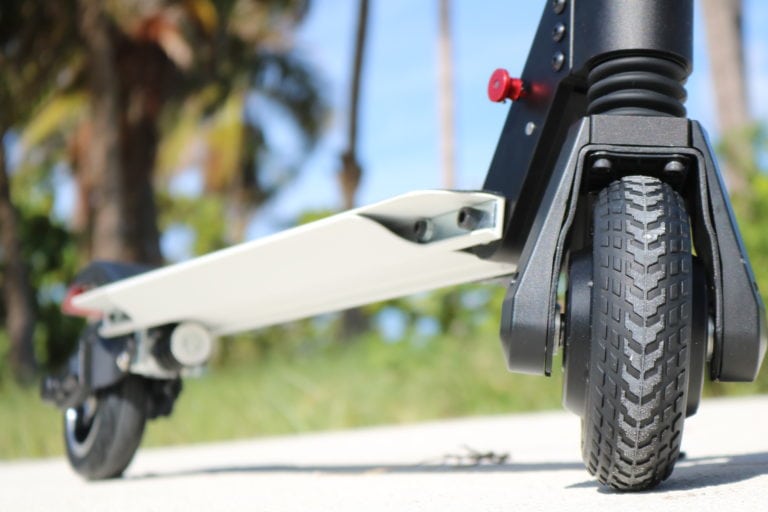Any links to online stores should be assumed to be affiliates. The company or PR agency provides all or most review samples. They have no control over my content, and I provide my honest opinion.
[et_pb_section admin_label=”section”][et_pb_row admin_label=”row”][et_pb_column type=”4_4″][et_pb_text admin_label=”Text”]
Over recent years there has been a huge boom in the number of affordable Windows based laptops and convertibles. This seems especially true since the launch of the Intel Intel Z3735F which seems to power every sub £200 notebook out there. Thanks to Moores Law you don’t have to suffer too much when using these tablets, in fact they are normally perfectly usable for day to day tasks.
Venturer is a relatively unknown brand to me, and another company that has launched a 2 in 1 built around Intel’s Atom chip, they don’t specifically say it is the Z3735F but I will assume it is, as it has the same specification as most other tablets in this price bracket which includes:
- Intel Atom 1.3 GHz
- 2GB RAM
- 32GB Flash
- 6″ 1366 x 768 pixels Screen
- Windows 10
It is currently priced at £199 on Amazon, which puts it in the upper end of what I would class as affordable for this sort of tablet. In comparison the Linx 1010B is £140 and the Lenovo Miix 300 is £170, both can normally be had cheaper too, I managed to get the Miix for around £115 a few months ago.
The only real difference is that this tablet has a 11.6″ 1366 x 768 pixels Screen.
Venturer also does a 10.1” model at £149.99 which is a bit more of a like for like comparison.
A big selling point that Venturer made to me when I received the tablet was its durability, it performed better in drop tests than any other tablet, so this is something worth considering.
The Venturer tablets were also tested alongside the Surface 3, Lenovo and Asus devices at heights of 0.7m and 1.2m in a factory drop test which involves dropping the same device on at least 6 different sides and corners. The only tablets that passed at 1.2M were the Venturer ones because the housing of separate end parts provides the housing and the screen more protection.
The first thing I noticed about the Venturer was the size and looks. In my opinion, it is not pretty and it is very chunky compared to competitors. Most of the chunk is in the screen section itself and upon further inspection this appears to be due to it having all the connections and functionality built into the screen unit. Whereas the Miix had USB connections in the keyboard part. This is actually quite good as it doesn’t tie you down to having the keyboard attached.
The overall build feels quite plastic, but it actually feels very sturdy. The connection to the keyboard is excellent, it clips on easily and the is no wobble.
The connection to the keyboard seems to remain solid too, this is obviously quite important, but it is something the Miix suffered from badly, just moving a little and I would lose the connection. It was that bad I returned it within a few weeks. The Venturer never had such an issue, and therefore it is immediately better than the Miix.
The keyboard itself is also quite large with spaced out keys but what it sacrifices in compact size it makes up for in a fantastic typing experience. My old Miix was just about usable to type on, but this is as good as any laptop I have used in recent years.
The worst feature about it was the track pad, call me old fashioned, but I like a button to press for when I am scrolling, and using the multi touch style track pad just didn’t seem to perform as well when left clicking and scrolling.
In terms of performance and day to today usage, it performs just the same as all the other cheap tablets on the market. If you have realistic expectations, then you will be quite happy with it. I went to #AcerBlogLive2016 and used it as my main tablet for the weekend, running Outlook for emails, Word to type up blog posts and Chrome as my browser. It performed great throughout the weekend. I had some 720p and 1080p movies to watch in my downtime and VLC played these without issue. If you want dozens of tabs open or want to do anything intensive, then it will obviously struggle.
Overall
The was a surprisingly good 2 in 1. It is larger and uglier than the Lenovo Miix but the overall build is far superior and more functional so I would sooner buy this than the Miix.
However, I would personally skip the EliteWin 11.6 and just get the BravoWin 10.1. It is cheaper, with almost the exact same specification (smaller screen slightly lower resolution) and quite a bit more portable being 4 cm less wide, 2 cm less deep and 300g lighter. This obviously is dependent on your use, if you travel a lot the BravoWin is a far more sensible option, but if you only ever plan to use it at home then the EliteWin might be more comfortable to use.
There is also the cost to consider. For me, I wouldn’t pay £200 for a 2 in 1 using this CPU, but £150 for the BravoWin is OK, and brings it in line with its competitors.
[/et_pb_text][et_pb_gallery admin_label=”Gallery” gallery_ids=”7531,7530,7529,7528″ fullwidth=”off” show_title_and_caption=”off” show_pagination=”off” background_layout=”light” auto=”off” hover_overlay_color=”rgba(255,255,255,0.9)” caption_all_caps=”off” use_border_color=”off” border_color=”#ffffff” border_style=”solid” /][/et_pb_column][/et_pb_row][/et_pb_section]
I am James, a UK-based tech enthusiast and the Editor and Owner of Mighty Gadget, which I’ve proudly run since 2007. Passionate about all things technology, my expertise spans from computers and networking to mobile, wearables, and smart home devices.
As a fitness fanatic who loves running and cycling, I also have a keen interest in fitness-related technology, and I take every opportunity to cover this niche on my blog. My diverse interests allow me to bring a unique perspective to tech blogging, merging lifestyle, fitness, and the latest tech trends.
In my academic pursuits, I earned a BSc in Information Systems Design from UCLAN, before advancing my learning with a Master’s Degree in Computing. This advanced study also included Cisco CCNA accreditation, further demonstrating my commitment to understanding and staying ahead of the technology curve.
I’m proud to share that Vuelio has consistently ranked Mighty Gadget as one of the top technology blogs in the UK. With my dedication to technology and drive to share my insights, I aim to continue providing my readers with engaging and informative content.

